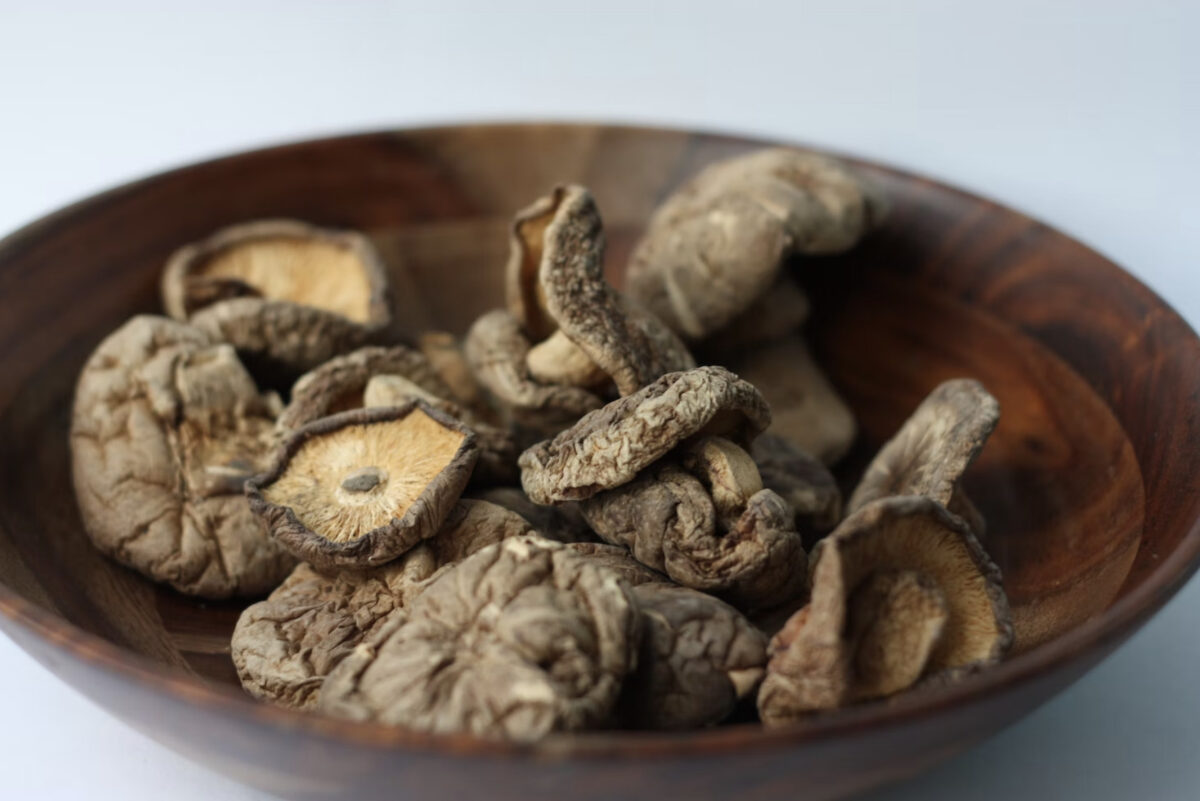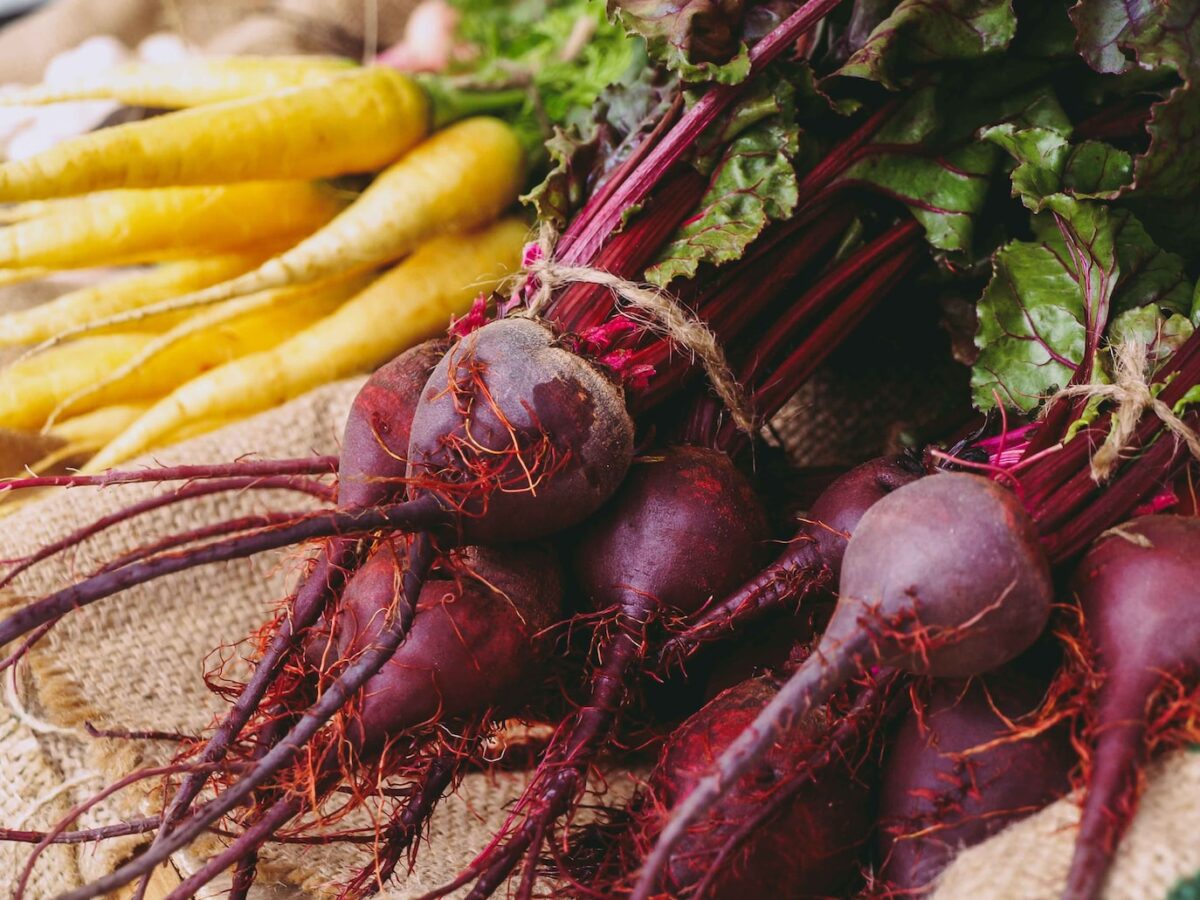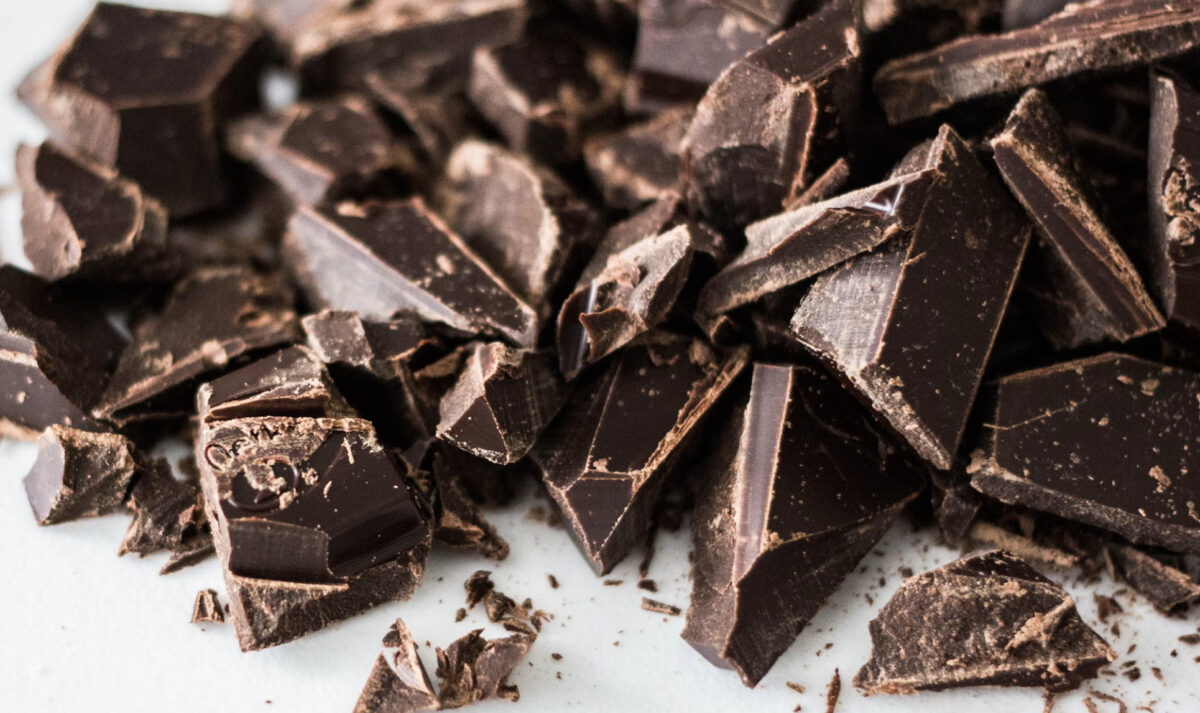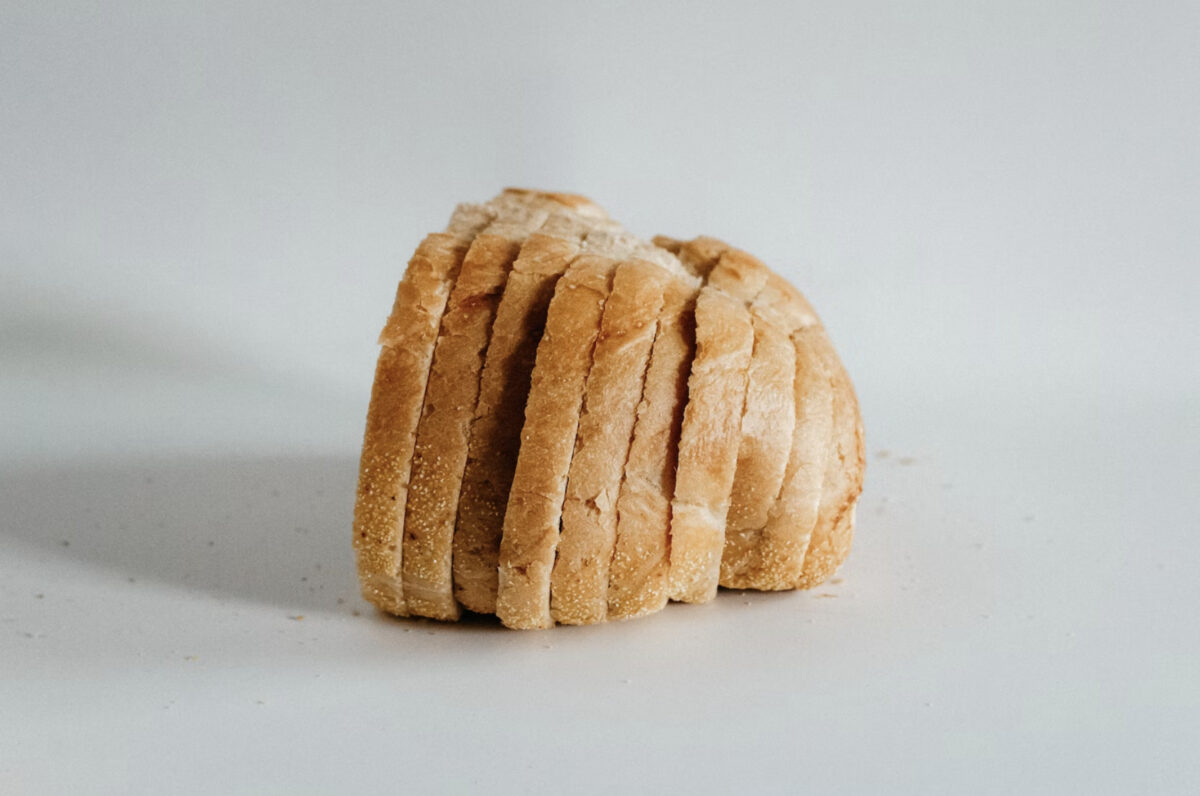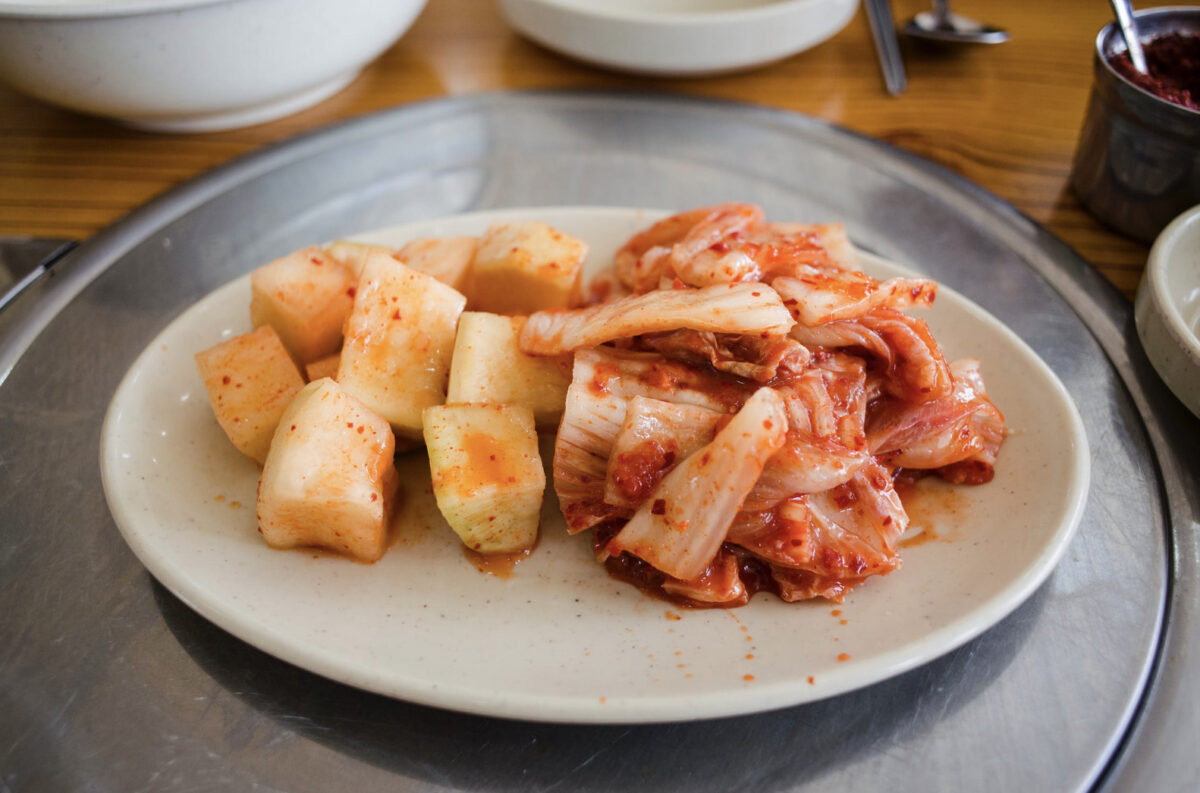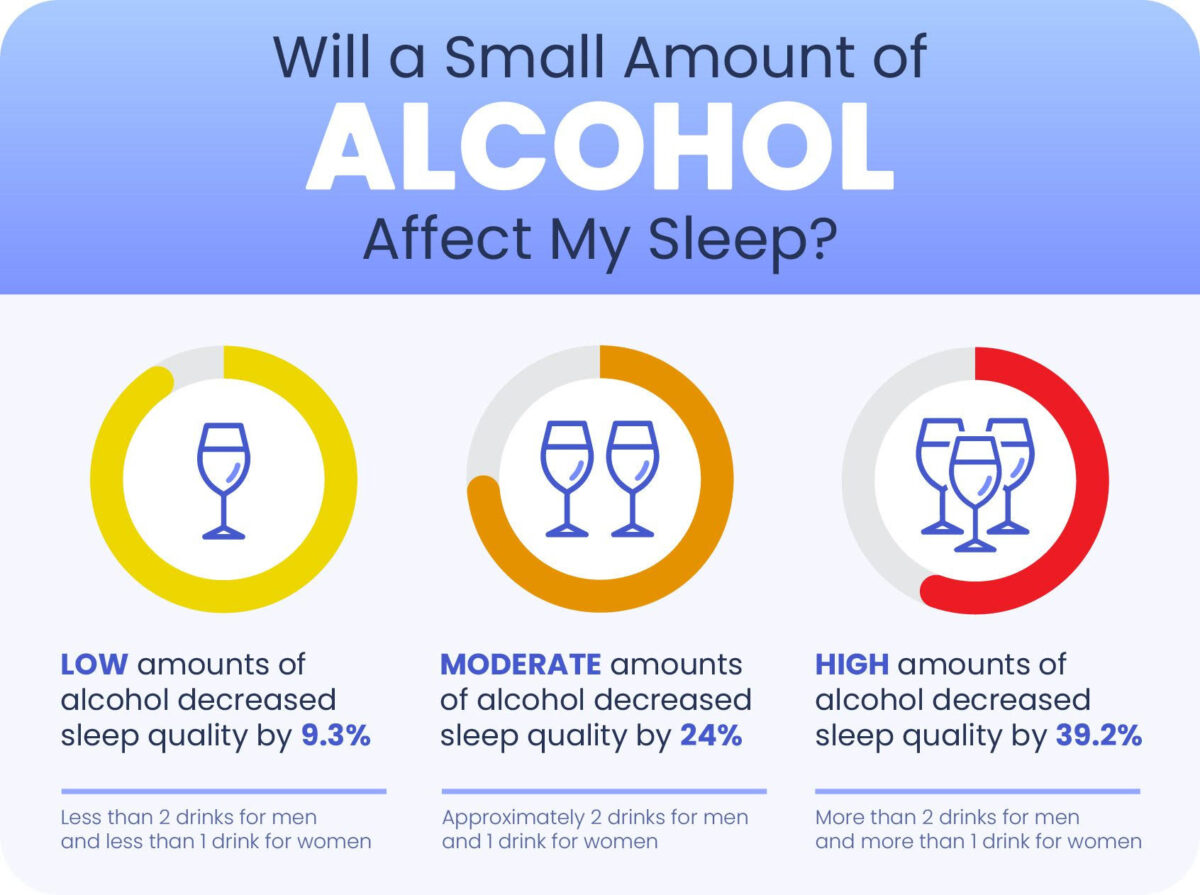Dr. Tamara Kung, ND
Mushrooms are currently one of the most sought-after functional foods. We see them in every form, from teas, tinctures, chunks, and capsules, in some protein and greens powders.
Over 270 different mushroom species have been identified to show anti-inflammatory, antimicrobial (think penicillin), and immune support. These benefits are attributed to some of their vitamin and mineral content, but most of their benefit is derived from their fibre content!
One such fibre found in high quantities in mushrooms is 𝛽-glucan (beta-glucan) which is known for lowering blood pressure and blood sugar and for its anti-tumoral and antioxidant properties.
On top of all that, as we’ve discussed in our previous articles on the benefits of a healthy microbiome, the fibres in mushrooms help take care of our gut bacteria too! And to learn about all the good health our microbiome generates for us, read our article here.
No wonder the interest in studying these functional foods has taken off. Studies done in humans are growing, but most have been done on mice. However, the human studies we have so far show some promising outcomes. Here are a few to date:
Shiitake Mushrooms:
- Daily intake of about 5-10 shiitake mushrooms over four weeks
- Increased number of white blood cells (gamma delta = first-line defence, NK = kill cancer cells)
- Lowered markers of chronic inflammation (C-Reactive Protein)
- Can indicate improved immune function and anti-cancer potential
Reishi Mushrooms
- Reishi supplementation and chemo & radiation showed a positive response in improving the quality of life but not on survival rates.
- Improved tumour response rates when used with chemo & radiation therapy
- No decrease in tumour size when used alone
- Can indicate reishi as a safe and effective adjunct to conventional cancer therapy
White Button Mushrooms
- Done for recurrent prostate cancer at about 1 cup of mushrooms daily
- Decreased PSA (an indicator of prostate cancer progression) levels and kept in remission 1 in 18 participants
- Of 36 participants, four saw a drop of over 50% in their PSA levels
- Two had a complete reduction in PSA levels, measuring at 0 (undetectable levels) even after 40 months
- Can indicate a one in nine chance you can reduce PSA levels by at least 50%
- Can indicate a one in 18 chance that someone can achieve sustained remission without any side effects or toxicity
Due to all the antioxidant healing properties that start in the gut when we eat mushrooms, or a diet rich in fibre, studies are also finding a correlation between mushrooms and colon cancer prevention.
So, our takeaway, mushrooms can be a medicinal food – not to mention they are delicious. Whether you enjoy mushrooms in soups, chilis, sautéed or puréed, go ahead and incorporate them into your regular rotation.
It’s best to cook your mushrooms for two reasons. One to break down their tough cell walls and access the valuable nutrients inside. Two, some raw mushrooms can be toxic, but the heat will destroy these toxins, making them safe to eat.
For those strapped for time in the kitchen or who don’t like the taste of mushrooms, creative products like powders & capsules come in handy, so you don’t miss out on all their healing, health-promoting benefits!
References:

